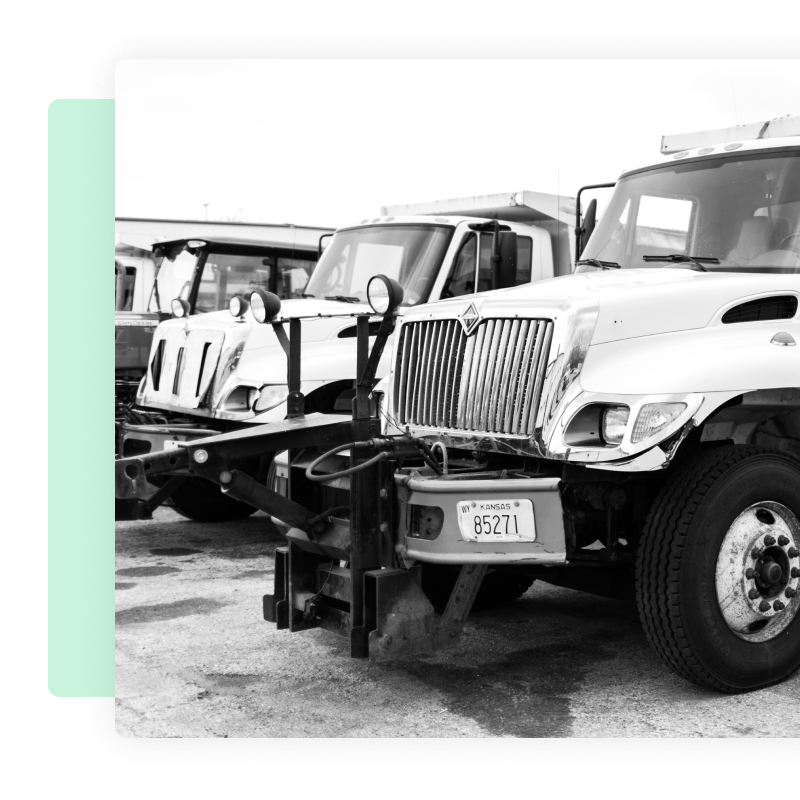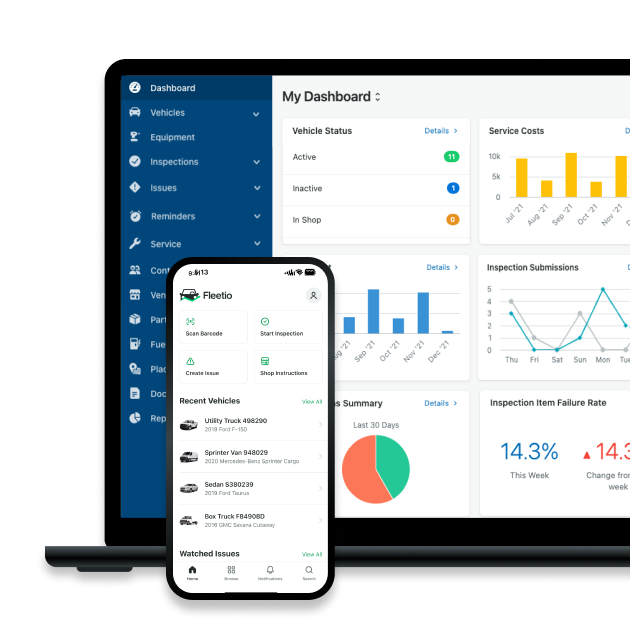Construction Safety Week Resources
Every year, Construction Safety Week takes aim at the construction industry’s most-pressing matter. To help share safety best practices from a fleet perspective, we’ve compiled our most relevant safety-focused resources.
May 1, 2024
2 min read

It’s no secret that tragedies occur far too often on construction sites. Through their annual Census of Fatal Occupational Injuries, the U.S. Bureau of Labor Statistics (BLS) found that 1,056 construction workers lost their lives in 2022 due to harm they suffered on the job. And in another report, BLS counted 169,600 recordable cases of construction personnel sustaining a nonfatal injury at work that same year. However you interpret the available data, construction stands out as one of the most dangerous industries in America.
Construction Safety Week aims to tackle the industry’s most urgent challenge by raising awareness and sharing ways construction professionals of all roles can help prevent accidents. In that spirit, we’ve compiled some safety-focused blog posts applicable to those in and outside the construction field.
How to Ensure Your PPE is Safe and Reliable
Since 1994, the Occupational Safety and Health Administration (OSHA) has been educating folks via its “Focus Four” initiative centered around the four most common safety hazards in construction—falls, being struck by objects, being caught in/between things and electrocution. While OSHA recommends all sorts of tactics to prevent each of those dangers from occurring, the agency notes that having the right personal protective equipment (PPE) can save workers’ lives from three of the four hazards they emphasize. With so much at stake, it’s imperative that fleets ensure the PPE they provide to their personnel is always in working order.
Learn how you can more effectively track your PPE inventory, stay on top of PPE-related maintenance and conduct PPE inspections.
Manage all aspects of your construction fleet
Fleetio offers a complete solution for managing the vehicles, equipment and tools your construction company relies on. Track maintenance and assignments more effectively to reduce unplanned downtime.
Learn moreBest Practices for Creating Fleet Safety Policies
The construction industry depends on drivers to deliver materials and equipment, haul away earth and debris and more. So, while it makes sense that the vast majority of safety protocols are aimed at builders on job sites, construction firms shouldn’t neglect drivers when developing policies designed to keep personnel safe.
Earlier this year, we published the eight factors that organizations should keep in mind when developing fleet safety policies. Whether you’re looking to develop a fleet safety program from scratch or are aiming to enhance your current, it’s well worth a read.
Ways to Prevent Breakdowns (and Unplanned Downtime)
According to a KPMG report from 2015, only 1 in 4 construction projects are completed within their original deadline. And while all sorts of mishaps can cause projects to take longer than expected, the truth of the matter is that many delays are completely preventable.
To help construction firms avoid setbacks from unplanned equipment downtime, we explain how preventive maintenance, telematics, inspections and backup equipment can greatly reduce the kinds of holdups that cause construction projects to run late and over budget.
Protect your drivers and assets with Fleetio
Fleetio provides all-encompassing visibility over your operations including maintenance, inspections and vehicle recalls. Attentive monitoring enables fleet managers to ensure high levels of safety at their organization.
Learn more
Fleet Content Specialist
Through interviews, blog posts and webinars, Alex covers the tactics and technologies exceptional fleet managers use to achieve results. By sharing their success stories, his work aims to inform and inspire fleet professionals of all stripes.
LinkedIn|View articles by Alex BorgReady to get started?
Join thousands of satisfied customers using Fleetio
Questions? Call us at 1-800-975-5304

